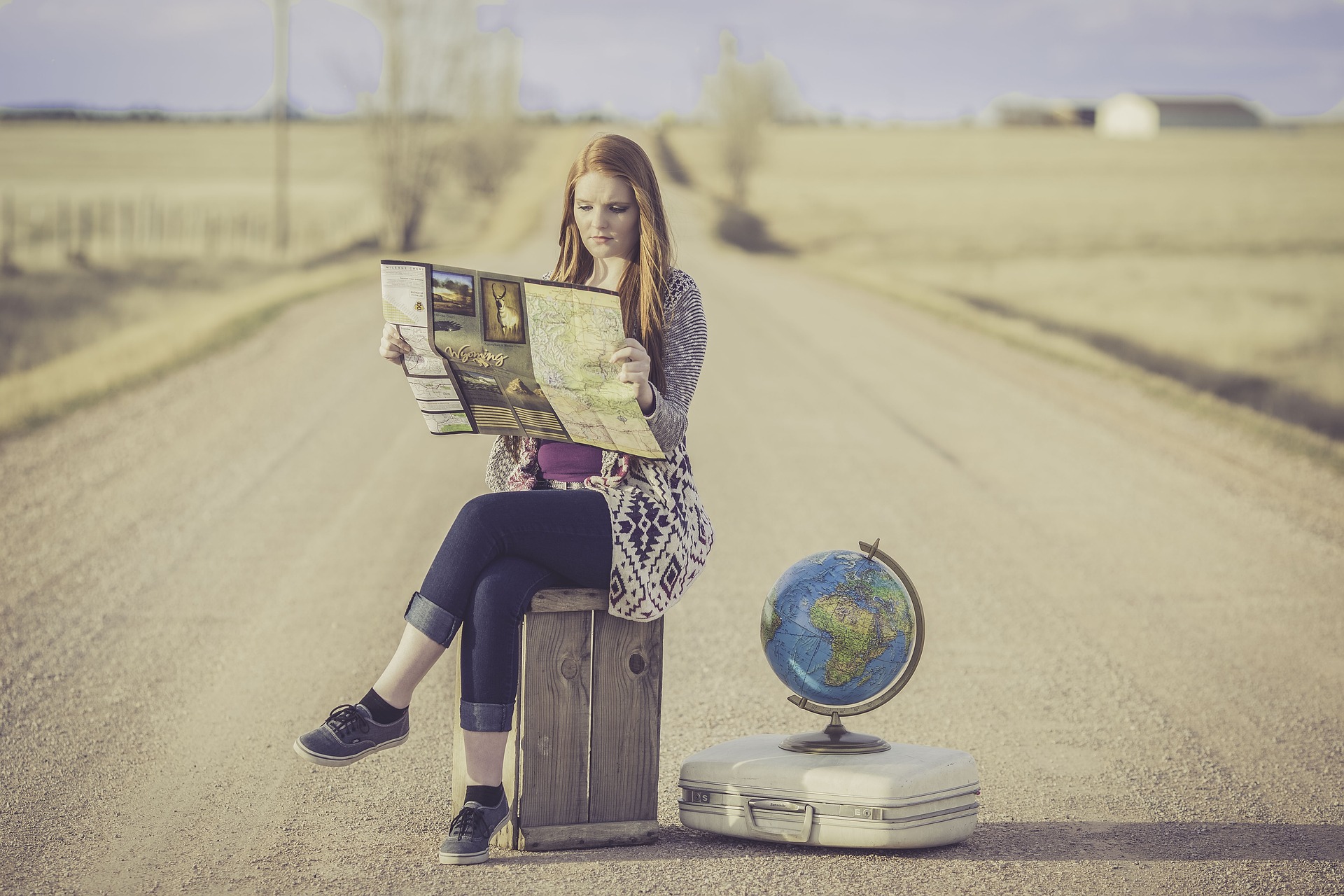"Trekking Through Time: The Evolution of Walking Holidays"
Walking holidays, also known as hiking vacations, have been a beloved form of travel for centuries. From the ancient Romans rambling through the countryside to the Victorian passion for mountaineering, walking has always been an ideal way to experience the world at a slower pace, enjoying every detail. However, it wasn't until the 20th century that walking holidays became widely popular, with organized walking tours and trails becoming common in many parts of the world.

On the Move: Current Trends in Walking Holidays
Walking holidays have evolved significantly in recent years, aligning with contemporary travel trends and preferences. While the traditional image of hiking might involve rugged trails and nights spent in tents, today’s walking holidays are just as likely to involve boutique hotels and gourmet meals. There’s a growing trend for “luxury walking holidays” that combine physical activity with indulgence. At the same time, there’s also a rise in “challenge walks,” where travelers aim to conquer long-distance trails or high-altitude peaks.
Advantages and Challenges of Walking Holidays
Walking holidays offer numerous benefits. They allow travelers to engage with the landscape in an intimate, immersive way, to disconnect from the digital world, and to enjoy the health benefits of regular physical activity. However, they also present challenges. Walking holidays require a good level of fitness, and some travelers may find the physical demands off-putting. There’s also the issue of weather—unlike other types of vacation, walking holidays are heavily dependent on good conditions.
A Practical Approach: Preparing for a Walking Holiday
Taking a walking holiday requires more preparation than a typical vacation. Here are a few things to consider:
-
Choosing a route: There are incredible walking trails all over the world. Your choice will depend on factors like your fitness level, interests, and the type of experience you’re looking for.
-
Equipment: Good quality walking shoes are a must. Depending on the terrain and climate, you might also need hiking poles, waterproof clothing, and navigational tools.
-
Training: If you’re planning a challenging walk, it’s a good idea to do some training in advance. Start with shorter walks and gradually increase your distance.
Walking into the Future
Walking holidays are more than just a passing trend—they’re a reflection of our desire to connect with the world around us in a deeper, more meaningful way. Whether you’re wandering through rolling hills or tackling towering mountains, a walking holiday offers a unique perspective on travel. So, lace up your boots and step into your next adventure—you never know what you might discover.





